Ismael Rivera, A Rhythmic Odyssey from the Streets of Santurce to Global Salsa Stardom
In the rich mosaic of Puerto Rican music, the name Ismael Rivera reverberates as a rhythmic heartbeat, a sonero whose soulful voice encapsulates the essence of salsa. Born on October 5, 1931, in Santurce, Puerto Rico, Rivera’s journey from the vibrant streets of his hometown to global acclaim is a testament to his unparalleled talent and the profound impact he left on the world of Latin music. This biography explores the life and legacy of the man known as “El Sonero Mayor.”
Early Life and Musical Genesis:
Ismael Rivera’s musical journey began in the heartbeat of Puerto Rico, Santurce, a neighborhood renowned for its cultural richness. Born into a family deeply entrenched in Afro-Caribbean traditions, Rivera’s childhood was steeped in the rhythms of bomba and plena, providing him with an early education in the art of storytelling through music. His exposure to these genres laid the foundation for his future role as a master sonero.
The Sonero Emerges:
Rivera’s ascent in the music scene gained momentum when he joined the orchestra of Rafael Cortijo, a collaboration that would reshape the landscape of Latin music. Together, they formed the groundbreaking ensemble Cortijo y Su Combo, fusing traditional Puerto Rican rhythms with Afro-Cuban influences. Rivera’s infectious energy and improvisational prowess as a sonero quickly set him apart, earning him the title “El Sonero Mayor” (The Great Improviser).
Global Recognition and the Fania Era:
As the 1950s unfolded, so did Rivera’s fame. The infectious sound of Cortijo y Su Combo captured the hearts of audiences far beyond Puerto Rico, propelling the ensemble to international acclaim. However, the 1960s marked a pivotal moment in Rivera’s career when he joined the Fania All-Stars, a musical collective that would become synonymous with the salsa revolution. Rivera’s contributions to Fania, alongside luminaries like Celia Cruz and Johnny Pacheco, solidified his status as a global salsa icon.
The Golden Era of Salsa:
The 1970s ushered in the golden era of salsa, with Ismael Rivera at its epicenter. His solo career, after parting ways with Cortijo, reached new heights with albums like “Así Se Compone un Son” and “De Todas Maneras Rosas.” Rivera’s distinctive voice, marked by its gravelly yet melodic quality, became a defining element of the salsa sound. His ability to convey joy, pain, and passion through his lyrics established him as a storyteller of the human experience.
Personal Struggles and Redemption:
Beneath the surface of Rivera’s meteoric rise, however, lurked personal demons. Struggles with substance abuse led to legal troubles and stints in prison, threatening to overshadow his musical brilliance. Yet, Rivera’s resilience and the unwavering support of his fans and fellow musicians guided him through the darkness. His triumphant return to the stage after a period of rehabilitation showcased not only his artistic prowess but also his capacity for redemption.
Legacy and Cultural Impact:
Ismael Rivera’s impact on the salsa genre is immeasurable. His influence extended beyond the music itself, encompassing the broader cultural and social fabric of Puerto Rico and Latin America. Rivera’s lyrics, often laced with social commentary, addressed issues of identity, racial pride, and societal challenges. His songs, such as “La Perla,” served as anthems for marginalized communities, elevating the role of the sonero to that of a cultural ambassador.
Final Act and Eternal Echo:
Tragically, Ismael Rivera’s life was cut short in 1987, leaving a void in the world of salsa. His untimely death, attributed to complications from AIDS, cast a somber shadow over the music community. Yet, Rivera’s legacy endures, not only in the timeless melodies that continue to reverberate through dance halls but also in the hearts of those who recognize the cultural significance of his contributions.
Conclusion:
Ismael Rivera’s life journey is a rhythmic odyssey that echoes through the streets of Santurce, resonating with the beats of bomba and plena that nurtured his artistic soul. From the early days with Cortijo to the global stage with Fania, Rivera’s trajectory encapsulates the evolution of salsa itself. His enduring legacy as “El Sonero Mayor” transcends the confines of time, a testament to the power of music to bridge cultures, uplift spirits, and tell the stories of the people. In the annals of Latin music, Ismael Rivera remains a sonero whose voice continues to pulse with the heartbeat of Puerto Rico.
.- Youtube.com – Ismael Rivera Link here.


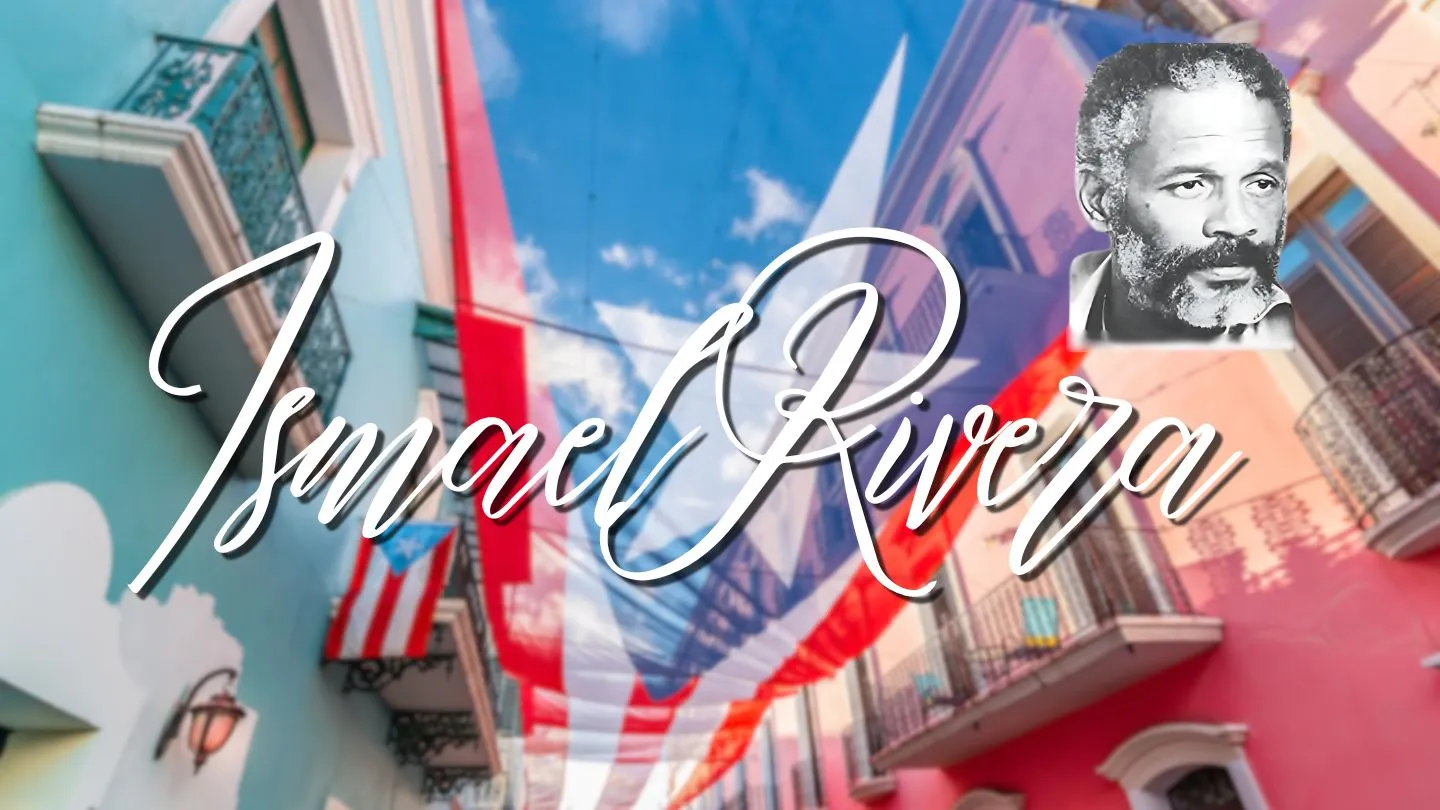

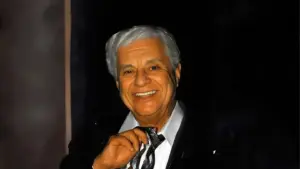
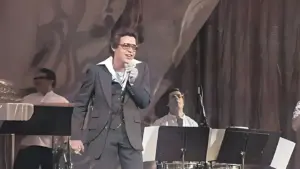
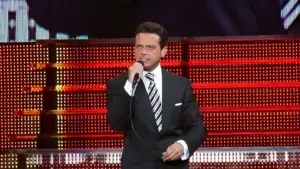
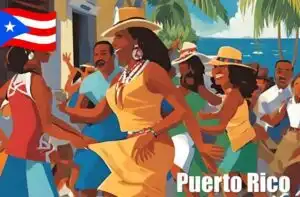
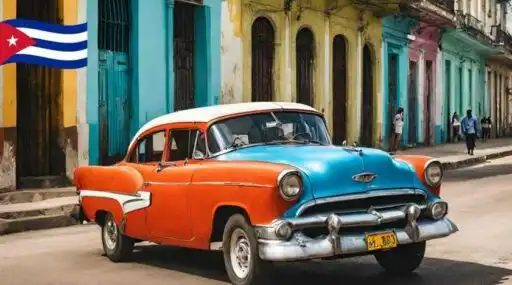



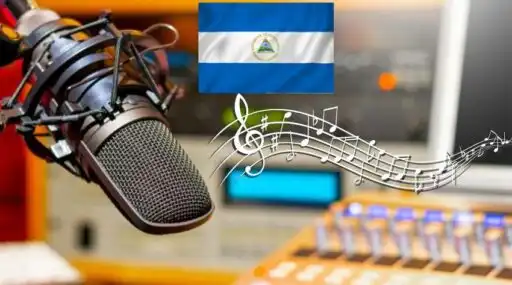

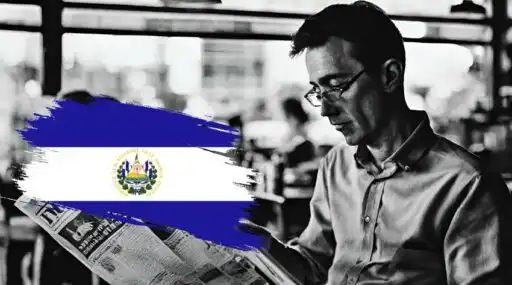


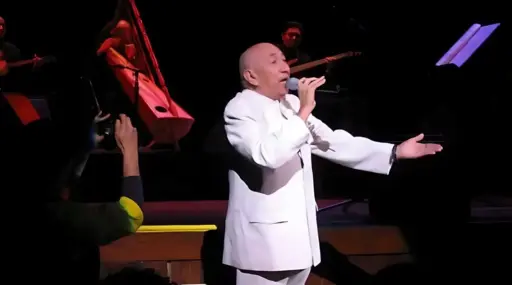

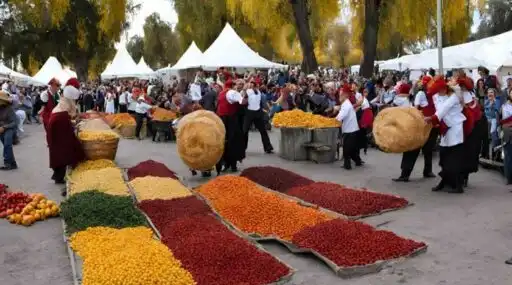
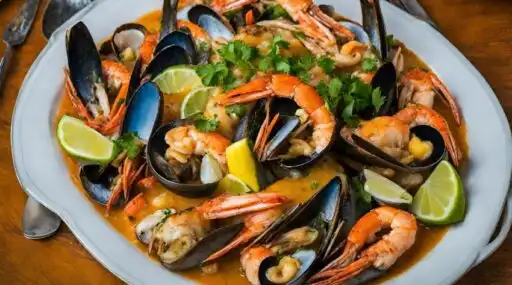
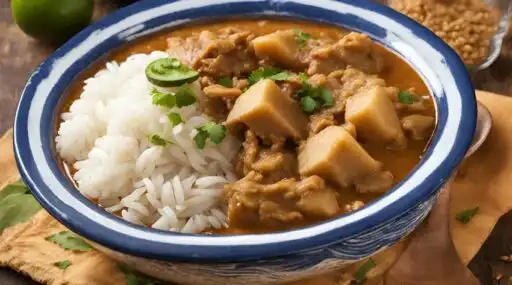


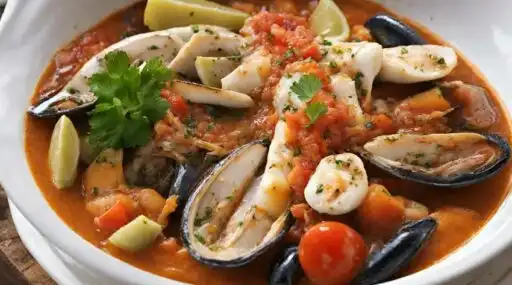
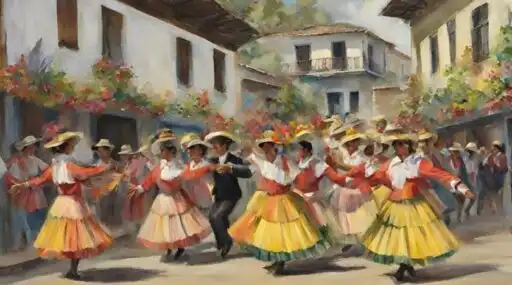
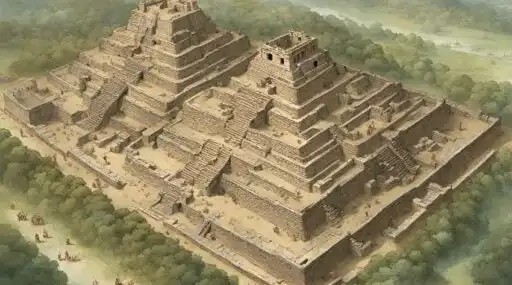





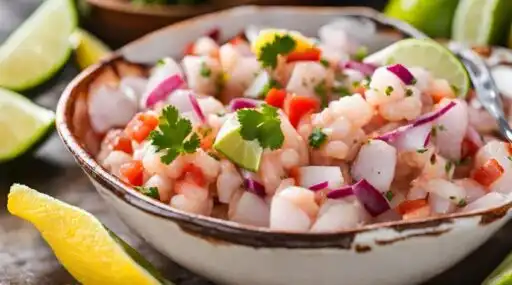

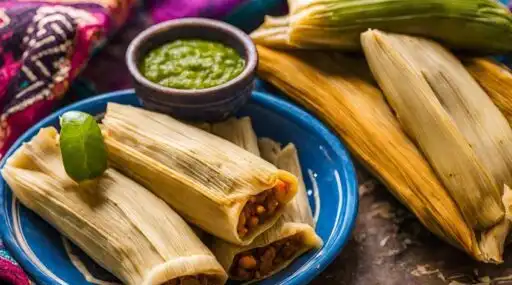



Leave a Reply